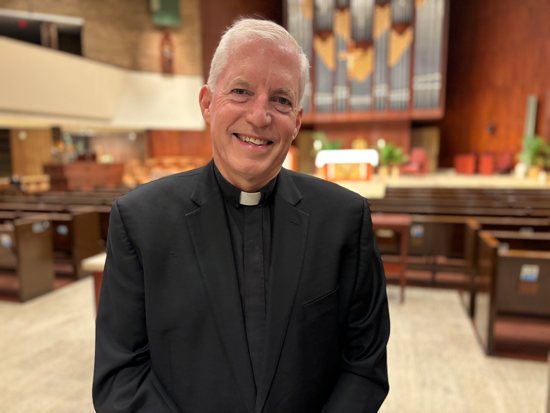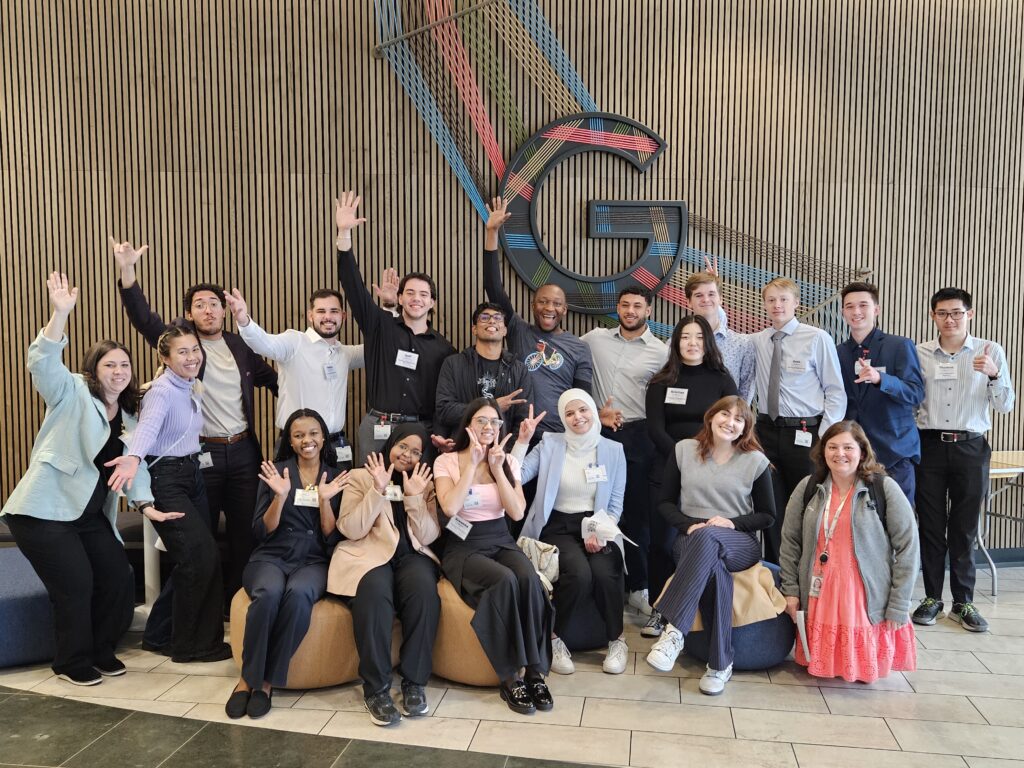Chip Heath, author and professor at Stanford Graduate School of Business, will be the keynote speaker for the Physician Leadership Symposium on April 19. I've been following Heath since 2007, when he co-authored his first book, Made to Stick: Why Some Ideas Survive and Others Die, with his brother Dan Heath. In advance of his talk, I wanted to share my top takeaways from all three of his books. Here are my favorite concepts from each:
Stickiness
(Made to Stick: Why Some Ideas Survive and Others Die)
This book focuses on effective communication tactics to make ideas memorable or “sticky.” Strategies or projects that fail often derail due to a lack of traction on core ideas. When a leader is an expert in a specific domain or project, they can’t always inspire action because they fall prey to the “curse of knowledge.” The curse hinders a leader’s ability to communicate effectively because their brain is trapped in the nuance and complexity of the details. This limits their ability to speak simply about the core idea. Made to Stick is designed to help leaders by giving them a recipe for "succes” (the omitted “s” is intentional):
- Simple: Find the core of any idea
- Unexpected: Grab people’s attention by surprising them
- Concrete: Make sure an idea can be grasped and remembered later
- Credible: Give an idea believability
- Emotional: Help people connect on an emotional level with the concept
- Stories: Empower people to use an idea by leveraging a compelling narrative
Pre-mortems and Pre-parades
(Decisive)
Decisive provides insights about how we can overcome our natural biases and irrational thinking to make better decisions. One key concept that is particularly applicable in a project environment is the idea of the pre-mortem and pre-parade. As you begin a project or a decision-making process, it's helpful to assemble a core group of stakeholders to explore subconscious barriers or biases that may impact success. This can be done by asking:
- Imagine the project failed. What could have caused it to fail (pre-mortem)?
- Imagine the project is a wild success. What caused it to be so successful (pre-parade)?
By envisioning the future, potential barriers or blind spots can be identified early and provide new insights about other elements to be considered.
The Elephant and the Rider
(Switch: How to Change Things When Change is Hard)
Of all the Heath-isms, my favorite is the metaphor of the elephant and the rider popularized in Switch: How to Change Things When Change is Hard. This powerful metaphor highlights elements to be considered in driving individual change:
- The rider (the conscious, rational mind of the individual)
- The elephant (the heart and emotional, instinctual part of the individual)
- The path (the environment that can support success in the change efforts)
Here is a simple application of the metaphor: you are interested in improving your fitness. You believe that by getting up 45 minutes earlier every morning and going for a run you will be able to impact your health. The “rider” has identified the opportunity and importance of exercise (the rational mind), but you know the “elephant” may want to have the extra sleep (the instinctual mind), so you “shape the path” by placing the alarm on the other side of the room to reinforce your commitment (a path that can encourage alignment). With all the work in neuroleadership these days, I believe the elephant-rider-pathway metaphor is transforming the way we approach change in organizations.
Want to learn more from Chip Heath? Join us on April 19 at 5 p.m. for the Physician Leadership Symposium 2016. The event is free and open to the public but advance registration is requested.
Jacque Anderson is an assistant dean at the Opus College of Business, where she oversees the Executive Education program.







